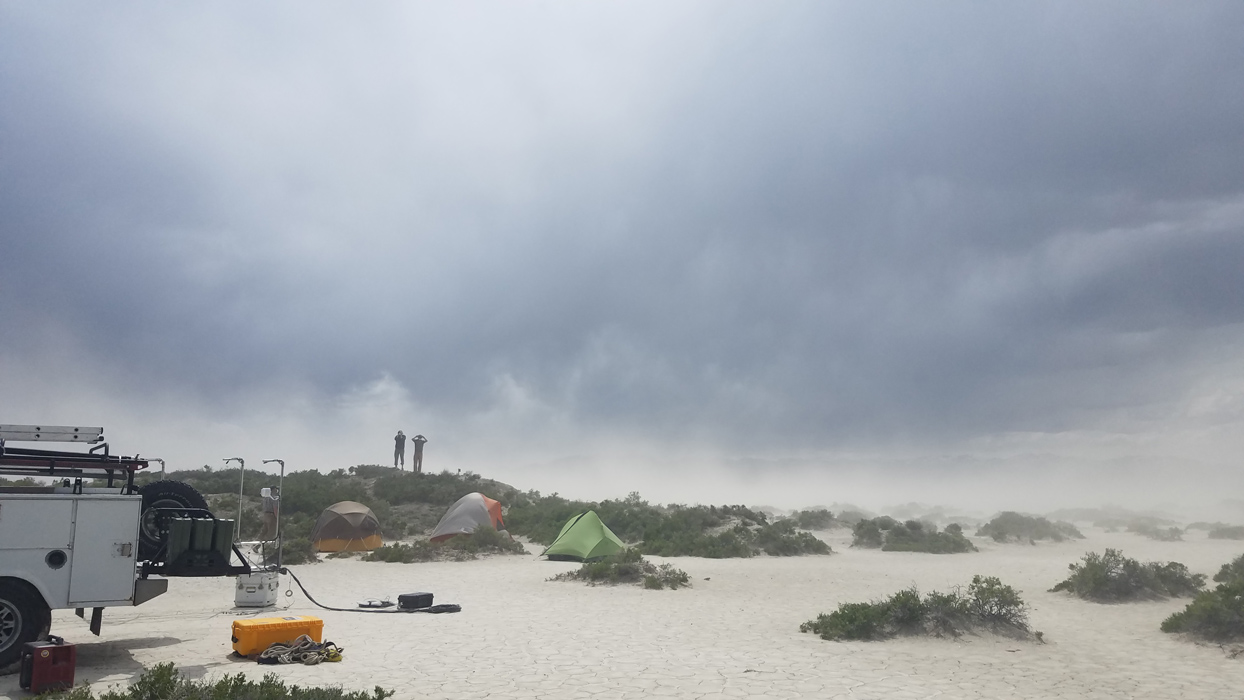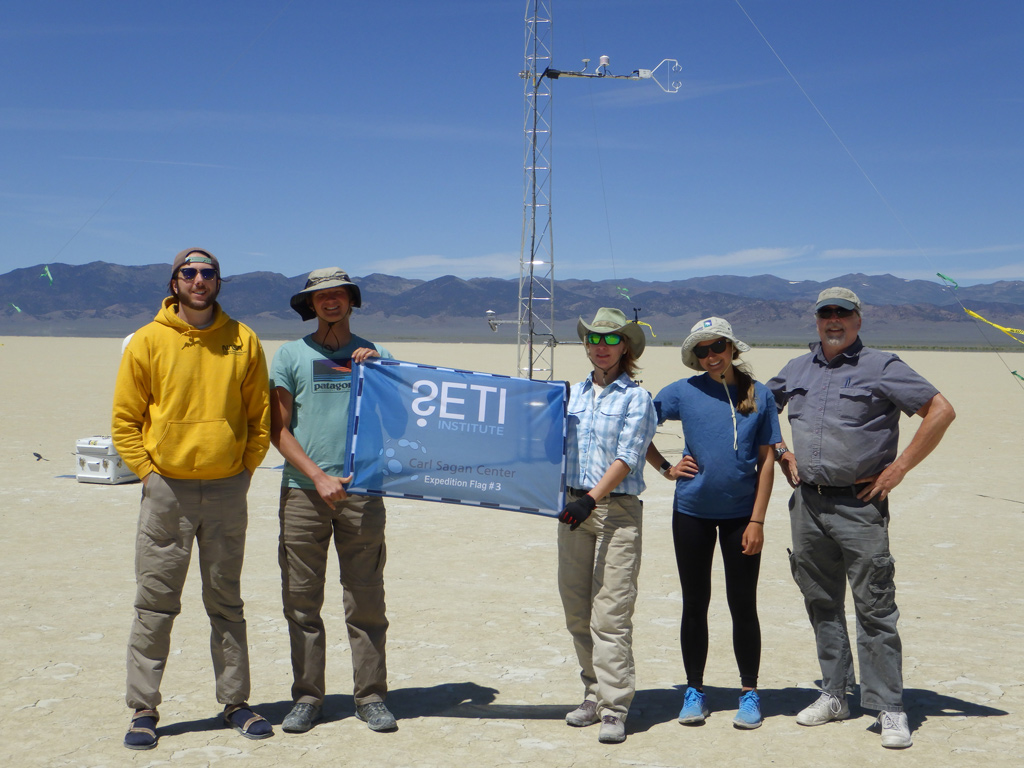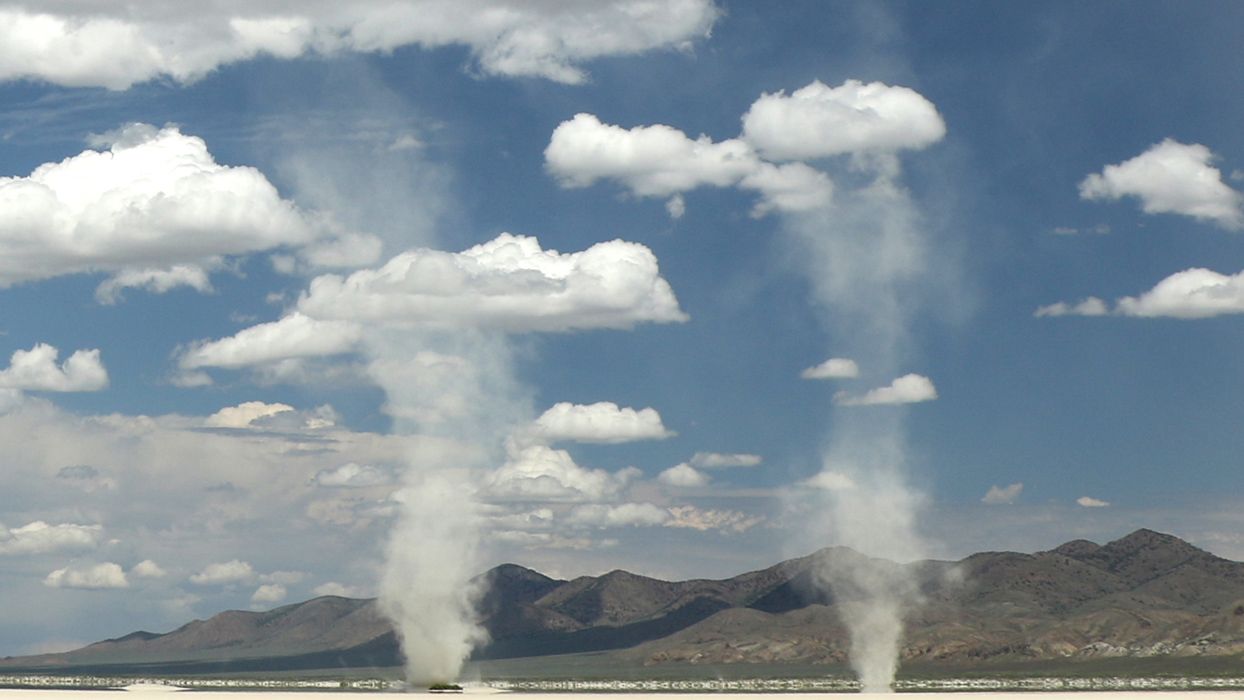
On Earth, dust devils are a curiosity. On Mars, they’re a commonplace.
Lori Fenton, a planetary scientist at the SETI Institute, has a serious interest in these whirling dustups, as they are a major contributor – possibly even the principal contributor – to dust in the martian atmosphere. But studying dust devils in situ on Mars is obviously difficult. So instead, she leads expeditions to the Smith Creek Valley – a mile-high, dry basin in central Nevada -- to learn more about the meteorological conditions that affect the size, shape, and frequency of these powdery whirls.
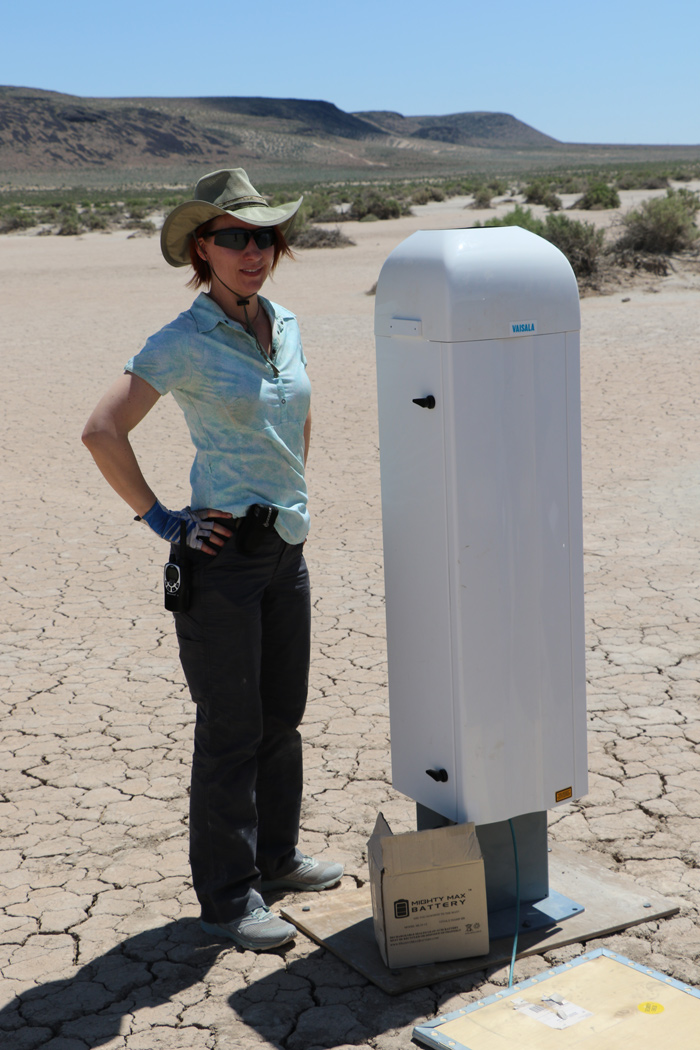
Fenton is the leader of a small team of researchers that includes another SETI Institute scientist, Tim Michaels, and several undergraduate students from St. Lawrence University in upstate New York. They set up their instrumentation on the Nevada “playas,” which are flat dry lakes bare of vegetation that lie between mountain ranges. Fenton notes that you can imagine what these places look like by reference to Road Runner cartoons. “The playas resemble the terrain where Wile E. Coyote gives chase to this high-speed bird.”
The playas are composed of dusty sediment that filters down from the hills when it rains, producing a fine clay when it dries. These are perfect ingredients for dust devils in the summer, when it gets hot, so that’s where Fenton and her team set up some automated instrumentation.
“We had four cameras, allowing multiple stereo imaging,” she notes. “We had a weather mast, and a small instrument I call a baby lidar. It shoots an infrared laser up into the sky, so anything that intercepts the beam, like dust from dust devils, will cross it and tell us something about the structure of the atmosphere.”
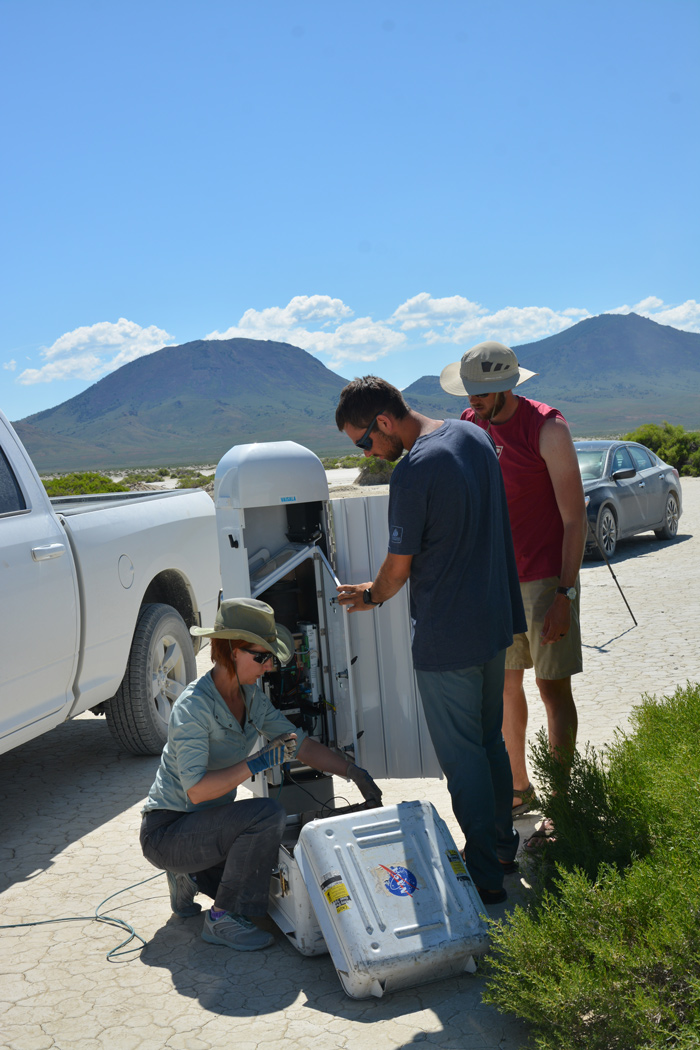
Fenton's team was looking for correlations. Did the properties of the dust devils correlate with meteorological conditions? If so, they could apply their findings to Mars to infer something about local conditions on the red planet by observing the dust devils.
But despite the flexibility of their approach, Fenton’s team learned that dust devils are complicated.
“They vary a lot from moment to moment, from hour to hour,” she notes. “They don’t always seem to clearly correlate with varying conditions,” Fenton admits. “And we don’t understand why, unfortunately. That’s very frustrating, but we’ve got some ideas, and I think we can make progress with further analysis and atmospheric modeling.”
As Fenton emphasizes, dust devils are more than just a red planet curiosity. They can have a large effect on the planet’s climate, and can also indicate what local conditions are like. The devil may be in the details, but the details will give insight into the conditions on the fourth rock from the Sun.
“It’s just going to take more work than we anticipated,” Fenton says. “But if we want to fathom the weather patterns on Mars, we really need to understand it.”
